Species Photo Gallery for Pendarus stipatus No Common Name 11 |
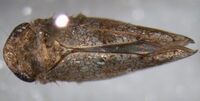 | Photo by: Bo Sullivan
Scotland Co.
Comment: male, 5.2 mm; distinctive pygofer with three spines keys to stipatus rather than punctiscriptus | 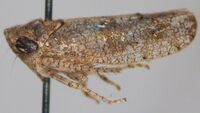 | Photo by: Bo Sullivan
Scotland Co.
Comment: male, 5.2 mm; distinctive pygofer with three spines keys to stipatus rather than punctiscriptus |
 | Photo by: Bo Sullivan
Scotland Co.
Comment: male, 5.2 mm; distinctive pygofer with three spines keys to stipatus rather than punctiscriptus | 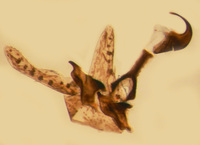 | Photo by: Bo Sullivan
Scotland Co.
Comment: male, 5.2 mm; distinctive pygofer with three spines keys to stipatus rather than punctiscriptus |
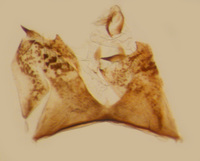 | Photo by: Bo Sullivan
Scotland Co.
Comment: male, 5.2 mm; distinctive pygofer with three spines keys to stipatus rather than punctiscriptus | 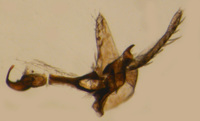 | Photo by: Bo Sullivan
Scotland Co.
Comment: male, 5.2 mm; distinctive pygofer with three spines keys to stipatus rather than punctiscriptus |
 | Photo by: Bo Sullivan
Scotland Co.
Comment: male, 5.2 mm; distinctive pygofer with three spines keys to stipatus rather than punctiscriptus |  | Photo by: Kyle Kittelberger
Out Of State Co.
Comment: NCSU specimens |
 | Photo by: Kyle Kittelberger
Out Of State Co.
Comment: NCSU specimens |  | Photo by: Kyle Kittelberger
Out Of State Co.
Comment: NCSU specimens |
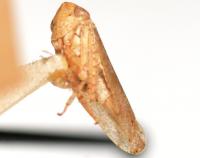 | Photo by: Kyle Kittelberger
Out Of State Co.
Comment: NCSU specimens |

 »
»



 »
»

